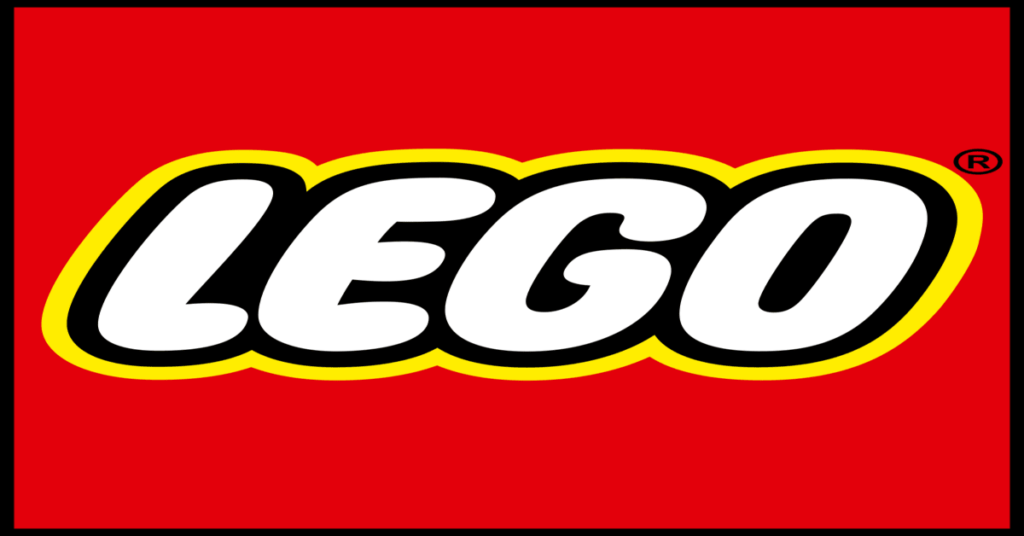Digital Advertising spends are on a continuous rise and one primary reason for this is that unlike traditional advertising, digital advertising is measurable and analytical data is available in real time. Measuring the effectiveness of digital campaigns are an integral part of assessing your marketing efficiency and your actual return on investment. While there are hundreds of metrics and an equal number of combinations you could track that will give you insights on your digital marketing efficiency, let’s talk about few metrics that are important in measuring your digital marketing success.
- Unique Visits to Website: Unique visitors refer to the number of distinct users who visit your website. Most online advertising campaigns are setup to lead the user to the website and therefore, analyzing your website traffic and variations in traffic % month on month can help you draw results out of your digital marketing activity. If it is consistently increasing, then your marketing tactics are working well. If not, it’s time you re-look into the strategy and figure out where and what is going wrong. It could be that the visual creatives you’re using for your digital campaigns or a particular Call To Action text in your ad isn’t eye catchy enough!
- Channel Specific Traffic: Deep-diving one step further into ‘Unique visits to website’ – you’ll arrive at your channel specific traffic. Channel Specific Traffic is nothing but the specific channels or sources that are driving traffic to your website. There are mainly four channels that you need to closely monitor and they are:
(i) Direct Traffic – Users who come to your website directly by typing in your website URL
(ii) Organic Traffic – Users who arrive at your website through a search query
(iii) Referral Traffic – Users who arrived at your website from a link on another website
(iv) Social Media Traffic – Users who arrived at your website through your social channels
(v) Paid Traffic – Users who arrived at your website as a result of a paid campaign
Your analysis of these channels and the respective traffic that they get for your site, will help you understand which channels are doing well and which channels need an extra push. For instance, if you see that your organic search traffic growth isn’t satisfactory, it could be that your SEO isn’t done rightly.
- Click Through Rate: Click Through Rate(CTR) is the % number of times people clicked on your ad versus the number of times your ad was shown (known as impressions). A higher CTR indicates that more people clicked on your ad after it was shown, meaning your ad was relevant or attractive for a high percentage of users who saw the ad.
- Conversion Rate: Conversion is basically an action you value out of your advertising efforts. It could be a website visit, an order on your website, a call to your business, an install of your app or a subscription to your newsletter or blog. And, conversion rate (CVR) is the % number of times users performed a conversion (as defined by you) versus the number of times users clicked on your ad. A higher CVR indicates that you’re achieving positive results out of your advertising efforts. It could also indicate a positive ROI based on the revenues you’re generating out of every conversion.
- Cost Per Lead: This metric measures the lead conversion ratio of your advertising campaign and the corresponding cost. So for instance, you spent $1000 on an advertising campaign and the campaign got you 100 leads, your Cost Per Lead is $10 ($1000/100). Success of your digital campaign can be measured by the average cost at which you’re generating a lead for your business.
- Cost to Accrue a Customer (CAC): Most advertising spends are done with the sole objective to generate revenue. Depending on the nature of your business, a paying customer could be one that placed a order on your website, a customer who took your paid service or someone who bought a product from your business. So, how much you spend to accrue a paying customer is also an important metric to measure the success of your digital marketing activity. CAC can be calculated by dividing your advertising spend by the number of new paying customers you generated during the same period.



